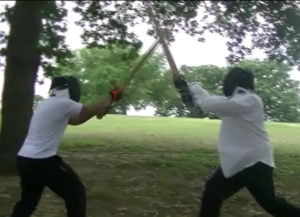 I have been attending men’s conferences and local parishes recently in order to talk to men about the Order of Lepanto. There is, invariably, a lot of excitement when we show sparring (either live or in videos) and as interest builds the question of equipment and cost comes up. I have prepared this short article to try and answer the question of what is needed, divided into must have, good to have, and nice to have.
I have been attending men’s conferences and local parishes recently in order to talk to men about the Order of Lepanto. There is, invariably, a lot of excitement when we show sparring (either live or in videos) and as interest builds the question of equipment and cost comes up. I have prepared this short article to try and answer the question of what is needed, divided into must have, good to have, and nice to have.
Must-Have
Our first must have is a uniform – black pants and a white shirt. You are free to purchase cotton or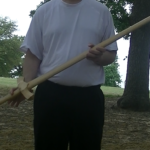 moisture wicking pants and shirt, though we do emphasize that they need to have no logo (or a smallish logo). There is also the option of an historical uniform – any medieval or renaissance swordsman shirt in white or natural would be acceptable. As for historical pants, you can also substitute knee breeches or long pants. Shorts can be worn in hotter climates.
moisture wicking pants and shirt, though we do emphasize that they need to have no logo (or a smallish logo). There is also the option of an historical uniform – any medieval or renaissance swordsman shirt in white or natural would be acceptable. As for historical pants, you can also substitute knee breeches or long pants. Shorts can be worn in hotter climates.
Second up is shoes. While there are some excellent options available if you want to be as historic as possible, for the must-have section the requirement would be athletic shoes of any type. The wearing of combat boots or work boots is highly discouraged because they will stop you from being able to perform many of the stepping maneuvers in the art.
Good to Have
First in this section is a fencing mask. We have a dual emphasis on control and safety in the Order 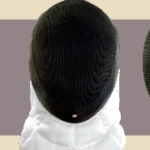 of Lepanto, so we train for good control and require some safety devices. The first requirement is that everyone wears a fencing mask while sparring with any kind of weapon. You can get a fencing mask fairly inexpensively ($50) and we have a couple of vendors that we recommend here.
of Lepanto, so we train for good control and require some safety devices. The first requirement is that everyone wears a fencing mask while sparring with any kind of weapon. You can get a fencing mask fairly inexpensively ($50) and we have a couple of vendors that we recommend here.
Next up is gloves. Historically speaking, gloves were not used until the 15th century; however, many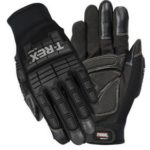 practitioners need to have a bit of finger protection because our hands are vital to our jobs. What we want to avoid here is overly padded gloves that distort the handling and feeling of the sword. A set of leather gloves, or the mechanics gloves with the rubber pads work nicely. We require gloves for our transitional squires and first level knights, more experienced knights can opt for “knight’s privilege” (historical training privilege) though it not recommended. ($25)
practitioners need to have a bit of finger protection because our hands are vital to our jobs. What we want to avoid here is overly padded gloves that distort the handling and feeling of the sword. A set of leather gloves, or the mechanics gloves with the rubber pads work nicely. We require gloves for our transitional squires and first level knights, more experienced knights can opt for “knight’s privilege” (historical training privilege) though it not recommended. ($25)
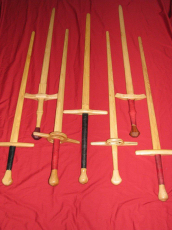
Finally, there is a waster. Wasters are wooden swords that are made of impact grade hickory (anything else would shatter too easily in sparring). Getting the correct length is important to your training and we provide a sizing guide here. There are several good companies to choose from and you can find our recommendations here. While we are trying to have some loaner equipment available at our study groups, it will not always be possible. So check with your local group. ($75 – $100)
If you get all of the items so far, you will be set for your training for quite a while and the total (aside from the uniform) is under $200. The next section covers those items that will become important as your training progresses, but can be delayed for a year or so while you learn the foundations of the art.
Nice to have
 The first thing we’ll cover in this section is a blunt steel sword. This is first because it is the most visible sign of a more experienced practitioner. There are only a few companies that make good blunt swords for sparring – Albion, Regenyei, Lutel, and Hanwei. Prices range from $200 to $500 for these swords. The best of these are the swords from Albion, while the Hanwei swords are the most affordable. Also, be aware that the Hanwei Tinker-Pearce comes with a square edge that you must file down for safety.
The first thing we’ll cover in this section is a blunt steel sword. This is first because it is the most visible sign of a more experienced practitioner. There are only a few companies that make good blunt swords for sparring – Albion, Regenyei, Lutel, and Hanwei. Prices range from $200 to $500 for these swords. The best of these are the swords from Albion, while the Hanwei swords are the most affordable. Also, be aware that the Hanwei Tinker-Pearce comes with a square edge that you must file down for safety.
Next we have additional weapons which will become necessary for advanced ranking in the order. You will need, at some point, to get a dagger simulator (either rondel or main gauche), a single handed sword, a buckler, and a quarter-staff. These items range from $25 – $500 depending on which we are talking about. The swords will come from the same manufacturers list above, dagger simulators are usually available from the waster companies, and steel bucklers are widely available at a good price point.
Footwear. While any kind of athletic shoe can work at the start of your training, the historical manuals show no shoes with thick soles (a la running shoes), heavy boots, or thick heels. All of the period footwear appear to be thin with flat soles. Therefore, as we attempt to more accurately reproduce what the sword fighters did, we will need to wear shoes similar to theirs in order to more accurately move. So, what do I recommend? Get some wrestling shoes, sport fencing shoes, simple tennis shoes, or even tae kwon do shoes. They are cheap, look decent, and meet all the requirements. But avoid those cheap flimsy kung fu slippers — truly the slipperiest shoes on the planet and just terrible. They offer no protection to your toes or heels and they rapidly deteriorate from use.
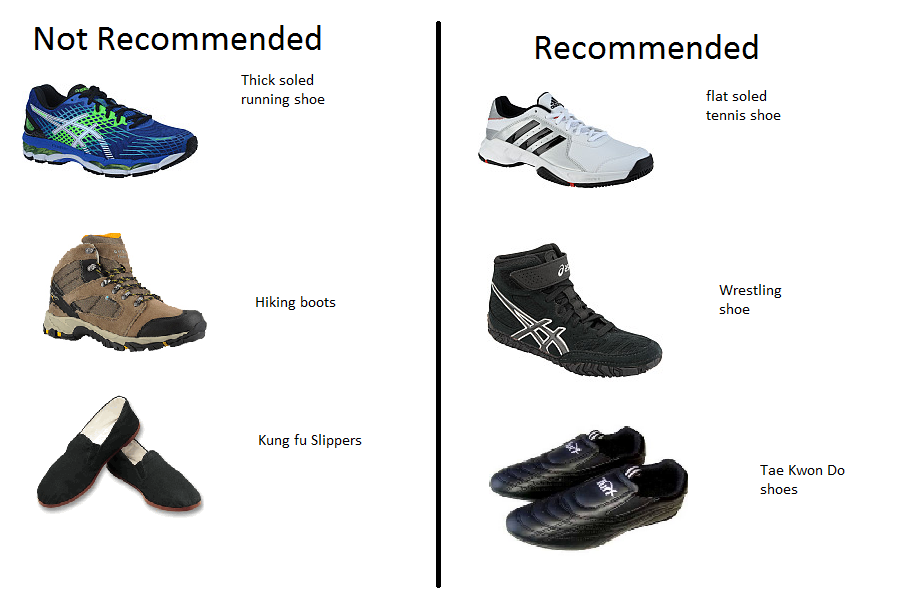
Summary
While there is a cost to getting the equipment you need for this activity, the cost fairly low and can be split up over a several months as needed. The faith aspect of our group can be studied without additional expense, as the manual is freely available electronically. You will want to add religious books as you grow in your faith, but that can be spread out over a lifetime!